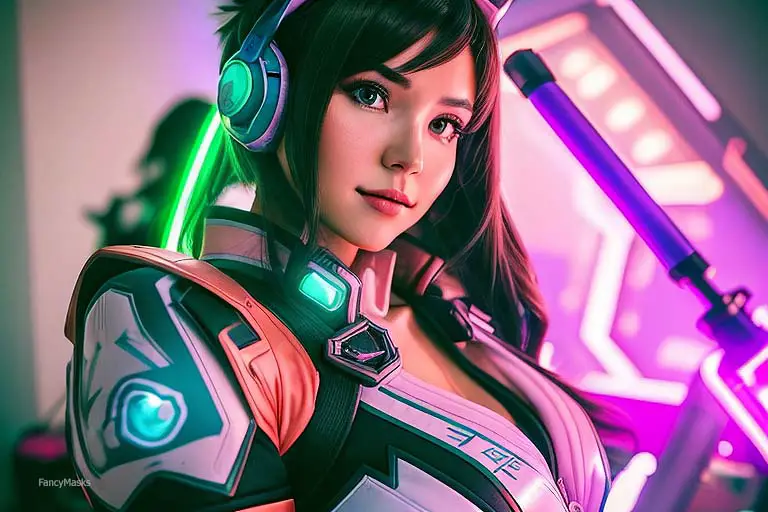Cosplay is all about transforming yourself into a character, and the right makeup can make or break your costume. Face paint is a versatile and affordable way to achieve different effects and bring your character to life. In this guide, we’ll go over the basics of applying face paint for cosplay, including tips for prepping your skin, different types of face paint, and techniques for achieving different effects.
Are you ready to take your cosplay game to the next level? Unleash your inner cosplayer with face paint! Face painting is a great way to add an extra layer of realism and detail to any costume. With this complete guide, you’ll learn how to apply face paint for different effects and get all the tips and tricks for prepping your skin for face painting. So don’t wait any longer—read on and discover how to face paint can bring your cosplay character to life!
Prepping Your Skin
Before you start applying face paint, it’s important to prep your skin to ensure the makeup goes on smoothly and lasts throughout the day. Here are some tips for prepping your skin:
Cleanse and Moisturize
Start by cleansing your face with a safe cleanser that will take off dirt, residue, oil, or other debris. Follow up with a moisturizer to hydrate your skin and create a smooth surface for the face paint.
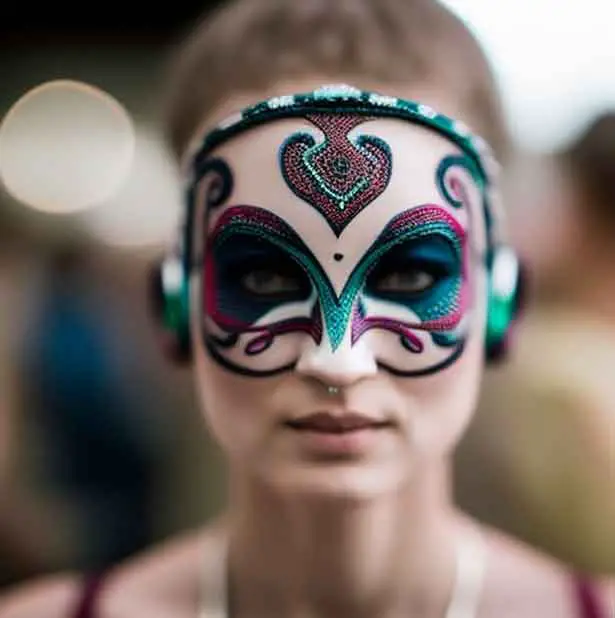
Prime Your Skin
Using a primer will help the face paint adhere to your skin better and prevent it from smudging or fading throughout the day. Apply a thin layer of primer all over your face, focusing on areas where you’ll be applying the most face paint.
Set Your Makeup
Once you’ve finished applying your face paint, it’s important to apply a setting spray or powder. This will help the makeup stay the way you created it and prevent it from rubbing off on your costume or other surfaces.
Types of Face Paint
There are several different types of face paint to choose from, each with its benefits and drawbacks. Here are some of the most popular types of face paint for cosplay:
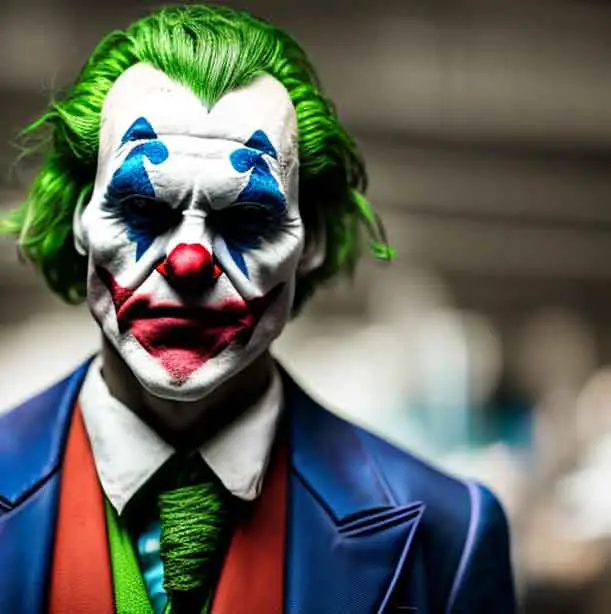
Water-Activated Face Paint
Water-activated face paint is a popular choice for cosplay because it’s affordable, easy to use, and can be mixed to create custom colors. To use water-activated face paint, simply wet your brush or sponge, rub it over the cake of face paint, and apply it to your skin.
Cream-Based Face Paint
Cream-based face paint is another popular option because it’s easy to blend and can create more intricate designs. To use cream-based face paint, simply scoop out a small amount with a brush or sponge and apply it to your skin.
Alcohol-Activated Face Paint
Alcohol-activated face paint is a more advanced option that’s often used for special effects makeup. It’s long-lasting and can create more realistic effects, but it requires more skill to use. To use alcohol-activated face paint, you’ll need to mix it with alcohol to activate it, and then apply it with a brush or sponge.
Techniques for Achieving Different Effects
Once you’ve chosen your face paint, it’s time to start applying it to achieve your desired effect. Here are some techniques you can use to create different effects:
Basic Blocking
Basic blocking involves applying a base layer of face paint to cover your entire face or a specific area. This is a good technique to use if you’re creating a character with a specific skin tone, or if you want to create a blank canvas to add other details to.
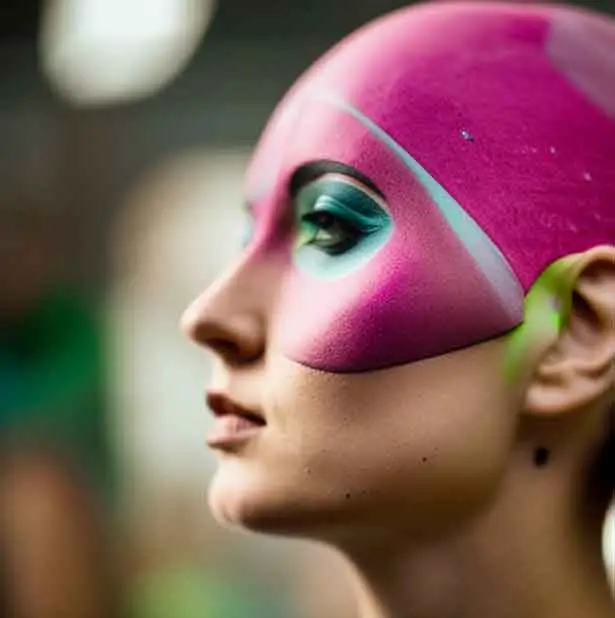
Detailing
Detailing involves adding specific details to your makeup, such as outlining features, adding highlights and shadows, or creating designs. This technique requires a steady hand and some practice but can make your makeup stand out.
Stippling
Stippling involves using a stippling brush or sponge to create a textured effect, such as scales or fur. This technique can be used to add detail to a larger area or to create a specific effect on a smaller area.
Tips for Beginners
If you’re new to using face paint, here are some tips to help you get started:
• Start with a face painting palette that includes several basic colors. This will help you get used to the face-painting process and create your desired effects more easily.
• Practice on yourself or someone else before applying face paint for a special occasion. This will help you get comfortable with the face paint and make sure it looks exactly how you want it.
• Make sure to use face paint that’s specifically designed for face painting and not regular makeup or other products. This will ensure it’s safe to use on your skin and won’t cause any irritation.
Start Simple
When you’re first starting with face paint, it’s best to start with simple designs and techniques. Practice on a small area of skin first, and work your way up to more complex designs as you gain confidence and skill
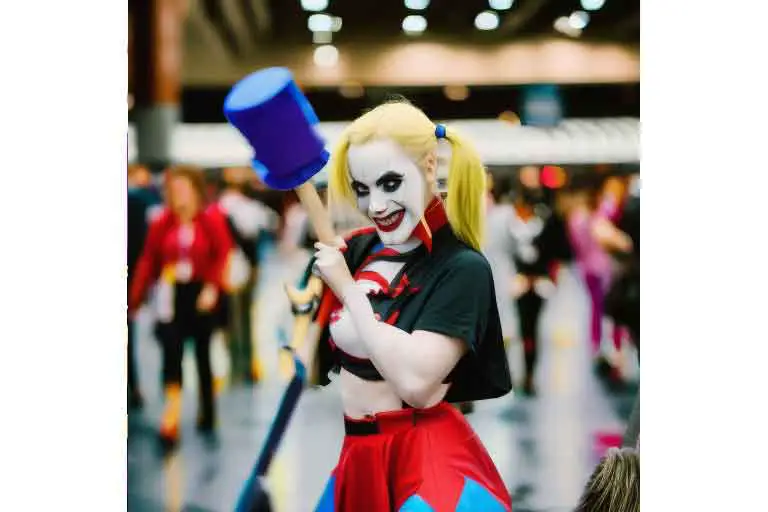
Invest in Quality Products
While it can be tempting to opt for the cheapest face paint available, investing in quality products can make a big difference in the final result. Look for face paint that’s specifically designed for use on the face, and avoid using craft paint or other non-toxic paints. We’ve written a full guide to our favorite makeup brands
Practice Good Hygiene
When using face paint, it’s important to practice good hygiene to prevent the spread of bacteria or infection. Use clean brushes and sponges, and avoid sharing your makeup with others.
Advanced Techniques
For more experienced cosplayers, several advanced techniques can be used to create more complex effects. Here are some of the most popular advanced techniques:
Special Effects Makeup
Special effects makeup involves creating realistic effects, such as wounds, bruises, or prosthetics. This requires a lot of skill and practice but can take your cosplay to the next level.
Airbrushing
Airbrushing is a popular technique for creating a flawless finish and achieving intricate designs. This requires some investment in equipment and practice to master but can create stunning results. As we are just cosplay fans, we don’t have any posts about airbrushing.
If you are experienced with airbrushing or body painting and would like to share some tips with our readers, we’d love to hear from you.
Contouring
Contouring involves using shading and highlighting to create the appearance of different facial features, such as a sharper jawline or more prominent cheekbones. This requires a steady hand and some practice but can create a more realistic and three-dimensional effect.

Removing The Makeup
After a long day of cosplaying, it’s important to remove your makeup properly to avoid damaging your skin. Here are some tips for removing your face paint:
Use a Makeup Remover
Start by using a gentle makeup remover to take off as much face paint as possible. Avoid using harsh chemicals or scrubbing too hard, as this can irritate your skin.
Skil Cleansing
Once you’ve removed the face paint, cleanse your skin with a gentle cleanser to remove any remaining dirt or oil. Follow up with a moisturizer to hydrate your skin and help it recover from the day’s activities.
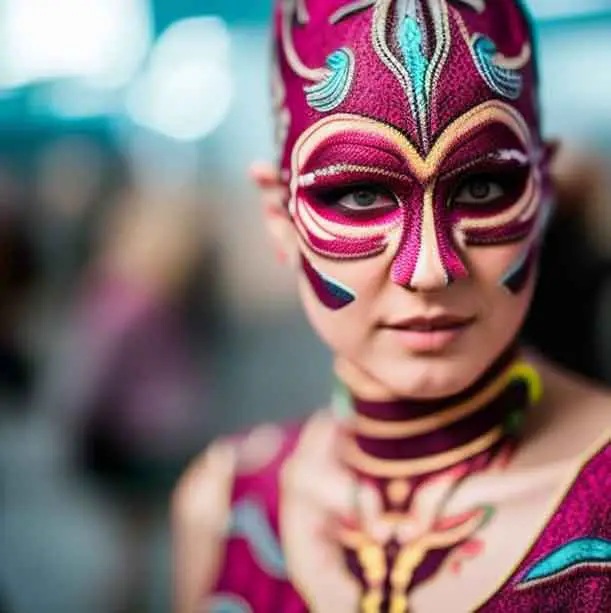
Practice Self-Care
Finally, remember to take care of yourself after a long day of cosplaying. Drink plenty of water, get some rest, and take care of any sore muscles or other issues that may have arisen during the day.
Conclusion
Applying face paint for cosplay can seem intimidating, but with the right techniques and tools, it can be a fun and rewarding way to transform yourself into your favorite character. Whether you’re a beginner or an experienced cosplayer, these tips and tricks can help you achieve the perfect look and take your cosplay to the next level.


